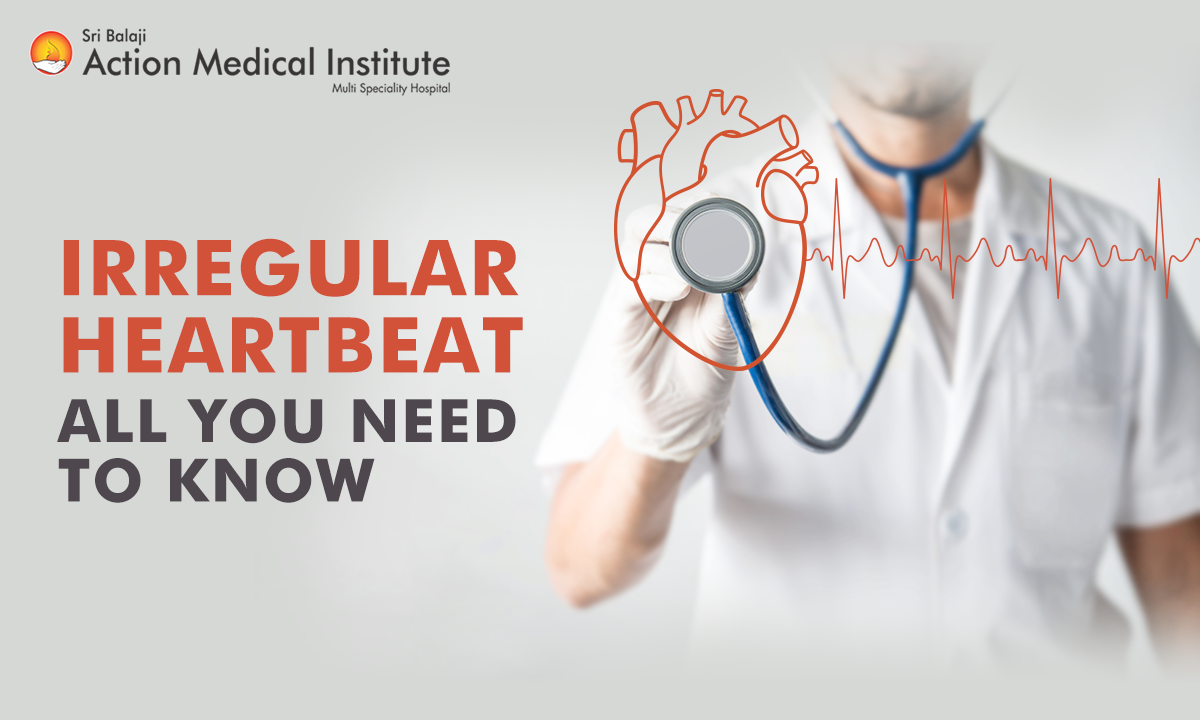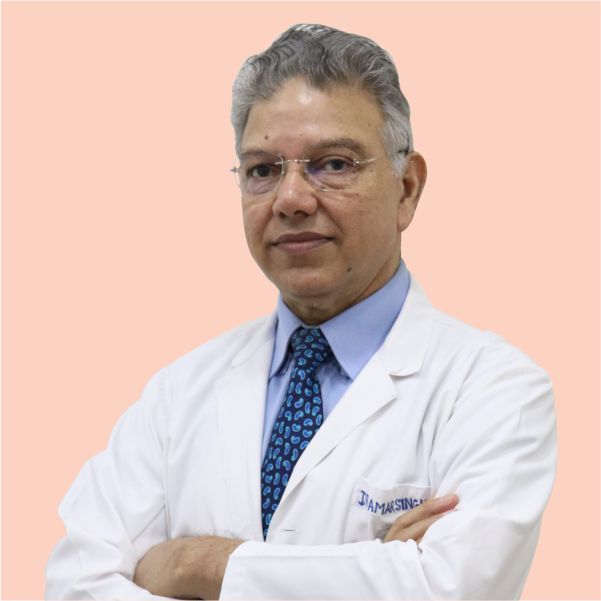Arrhythmia- A Complete Guide to an Irregular Heartbeat
The human heart, a masterpiece of biological engineering, coordinates relentlessly to sustain life. Sometimes, the routine gets broken, and the disruption of rhythm results in a medical condition called arrhythmia. The word arrhythmia refers to an umbrella terminology covering several disturbances of the heart rhythm, from just occasional irregular heartbeats to more serious and compiled conditions. In this comprehensive guide, we dive into the underlying issues of arrhythmia, talking about its types, causes, symptoms, diagnosis, treatment and preventive measures.
What is Arrhythmia?
Arrhythmias develop when the electrical conduct that coordinates the heartbeats does not work as expected, resulting in the heart beating either too fast, too slow, or irregularly. These electrical impulses are created by a specific group of cells in the heart known as the sinoatrial node (SA Node), where the heart operates without the need for an external pacemaker. The impulses are delivered by the heart, which in turn signals the atria and ventricles to contract and expel blood adequately.
Types of Arrhythmias
1. Atrial Fibrillation (AF)
Atrial fibrillation is the most typical type of arrhythmia, which is characterised by rapid and irregular electrical impulses in the atria (upper section of the heart). Stroke, heart failure and other cardiovascular complications are the major risks to health prompted by AF.
2. Ventricular Fibrillation (VF)
VF, a potentially lethal rhythm disorder, develops in the ventricles, the two lower chambers of the heart. In the VF state, the ventricles contract rapidly and impulsively, impeding them from pumping the blood efficiently, and an incidence of death by sudden cardiac arrest can occur in less than a minute.
3. Ventricular Tachycardia (VT)
VT involves a rapid heart rate that can either be sustained over a period or non-sustained and frequently exceeds your normal heartbeat rate of 100 beats per minute.
4. Bradycardia
Bradycardia refers to a too-low heart rate, for instance, less than 60 beats per minute. Some people, particularly athletes, can have a regularly low heart rate without any sign of symptoms. However, the normal heartbeat for most adults is between 60 and 100 beats per minute.
5. Supraventricular Tachycardia (SVT)
Supraventricular tachycardia is an umbrella term that covers a group of arrhythmias that originate higher up than the ventricles. The fast heart rhythms can be from abnormal electrical tracking or from superfluous electric connections that occur in the heart.
6. Premature Contractions
Premature contractions are called ectopic beats when they take place before normal purring.
Causes of Arrhythmia
1. Heart Conditions: Coronary artery disease, heart attack, or congenital heart defects. Weakened heart muscle reduces pumping efficiency, leading to abnormal ventricular activities.
2. High Blood Pressure: This makes the heart work harder and to lose its rhythm.

3. Thyroid Disorders: Particularly hyperthyroidism.
4. Electrolyte Imbalances: For instance, low levels of potassium.
5. Substance Abuse: Overindulgence in alcohol, caffeine, or illegal drugs.
6. Stress and Anxiety: It can lead to arrhythmias in individuals who are susceptible.
7. Medications: Certain drugs, antibiotics, and antidepressants are capable of inducing arrhythmia as a side effect.
Symptoms of Arrhythmia
1. Palpitations: Feeling of fluttering, contractions, or irregular heartbeat.
2. Dizziness or Lightheadedness: These increased heart rates can be particularly frightening.
3. Shortness of Breath: For example, the breathing rate is significantly higher when playing sports.
4. Chest Pain or Discomfort: It can appear as chest pain at times.
5. Fatigue: Being too exhausted, especially during exercises.
6. Loss of consciousness: In a serious situation, an irregular heartbeat can result in unconsciousness or loss of consciousness.
Diagnosis and Treatment
1. Diagnosis
Diagnosing arrhythmia often involves a combination of medical history review, physical examination, and diagnostic tests, including:
a. Electrocardiogram (ECG/EKG): Records the electrical activity, whether regular or irregular.
b. Holter Monitor: A wearable device is worn for 24 to 48 hours to record an ECG continuously.
c. Event Monitor: Just like a Holter monitor, the device is worn by the patient and activated when the symptom occurs.
d. Echocardiogram: Uses sound waves to give an image of the heart's structure and function.
2. Treatment
Treatment of arrhythmia is focused on restoration of the normal heart rhythm, reduction of the symptoms and prevention of complications. Treatment options include:
a. Medications: Anti-arrhythmic drugs to regulate heart rhythm.
b. Cardioversion: Applying an electric shock to the heart to restart its rhythm.
c. Catheter Ablation: Destroying the genetic abnormal tissue responsible for arrhythmia.
d. Implantable Devices: These include the use of pacemakers or ICDs, which are implanted to control the heart rhythm or deliver shocks if necessary.
e. Lifestyle Changes: These include quitting smoking, controlling stress, exercising regularly, and maintaining a healthy diet.
Preventive Measures for Irregular Heatbeat
Though in some instances, arrhythmias cannot be averted, an individual can lower their risk through a heart-friendly lifestyle. Key preventive measures include:
1. Regular Exercise: Get at least two hours and thirty minutes per week of moderate physical activity.

2. Healthy Diet: Emphasise eating fruits, vegetables, whole grains, and lean protein sources, with restrictions on saturated fats, salt, and added sugars.
3. Maintain a Healthy Weight: Obesity is directly related to heart problems and the occurrence of arrhythmias.
4. Limit Alcohol and Caffeine: Overindulging in alcohol can cause arrhythmia or an irregular heartbeat in some people.
5. Manage Stress: Implement relaxation methods, including deep breathing, meditation and yoga.
6. Regular Health Check-ups: This type of diet is more relevant to those with risk factors or a family history of cardiovascular disease.
Conclusion
Arrhythmia is a condition associated with irregular heartbeat, and it is manageable most of the time. However, not all arrhythmias are benign, and some of them are life-threatening, so they have to be monitored and treated promptly. Through learning about arrhythmia-related types, causes, symptoms, diagnostic ways, treatment methods, and prevention strategies, people have a chance to stay in good physical condition and avoid complications. If you experience the above-listed symptoms that could lead to arrhythmia, make sure that you meet our doctors at Sri Balaji Action Medical Institute for the correct diagnosis and treatment.






